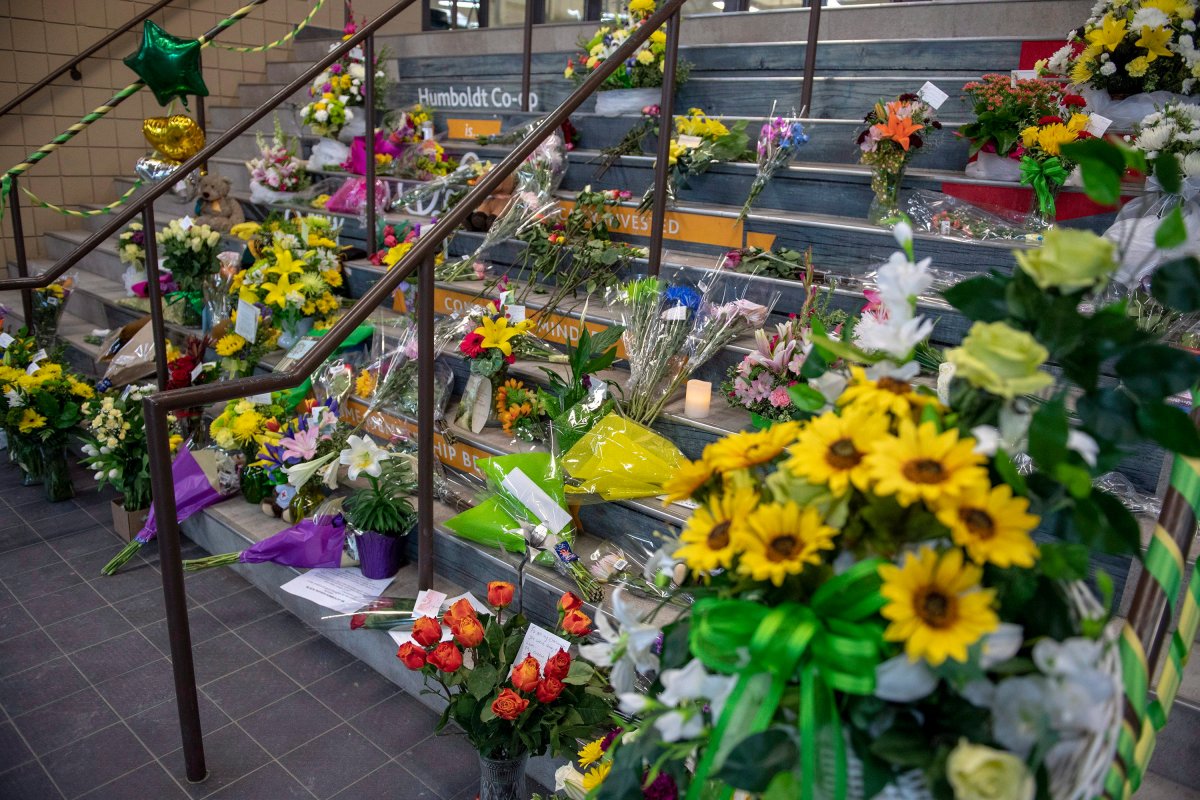You might wonder how paramedics can even wrap their heads around a horrific scene like the bus crash to do their jobs.

RELATED: Humboldt Broncos crash not the first deadly collision at Highway 35 and Highway 335
Jen Lundin from the Paramedics Association of Manitoba told 680 CJOB early Monday part of the training is to focus on the task at hand.
“There would have been various levels of experience in the responders there. But really people are well trained for their job, and for that part of the job I think people go into autopilot and they just really kind of focus on the patients, one patient at a time,” Lundin said.
Lundin added there are protocols to follow for different situations — like mass casualties — that would guide the paramedics through their work.
RELATED: ER doctor calls Humboldt Broncos crash triage ‘most tragic night of my career’
Even though First Responders know what they are signed-up for, the emotional trauma of situations like the Humboldt bus crash can take a toll.
“Primarily people reach out to their partners and their colleagues and there is a lot of informal processing that happens,” Lundin said.
“Really the only people that know what you went through are the people that were there with you… but especially for large events like this there would be more formal supports in place.”
RELATED: Grief can be a ‘lifelong’ journey when death is unexpected — tips on how to cope
She said that the real difficulty for paramedics comes after the work is done, when they can really start to process what happened.




Comments